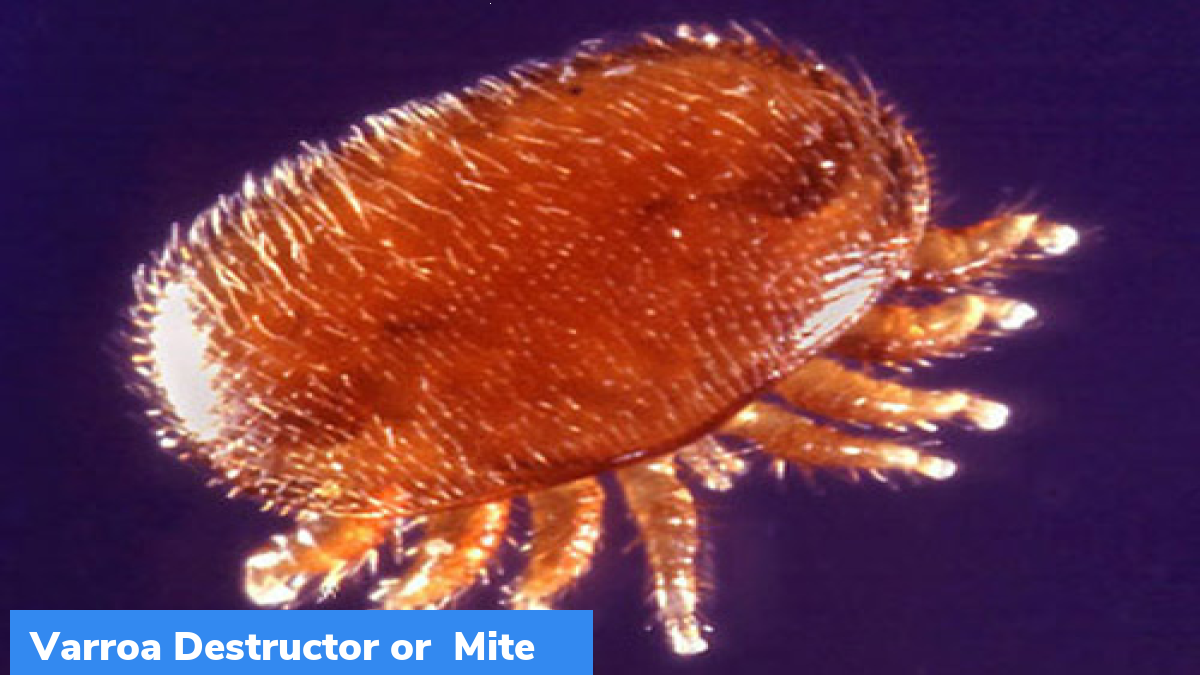Varroa Destructor or Mite
Australian authorities have exterminated honeybees in recent weeks, for preventing a potentially devastating parasitic plague, that is affecting the southeast region Australia.
Key facts
- The recent outbreak of the deadly varroa mite has become massive threat to honey industry of Australia.
- It was first spotted at a port near Sydney in June 2022.
- Honeybee colonies have been put under lockdown, to limit the outbreak.
About Varroa mite
The Varroa mite, also called Varroa destructor, is a parasitic insect. It attacks and feeds on honeybees. It is reddish-brown in colour. It is known to kill entire colonies of honeybees. The insect travel from bee to bee and through beekeeping equipment, like extracted combs. Mite can feed and live on adult honey bees. But it mainly feed and reproduce on larvae and pupae in developing brood. This results in to malformation & weakening of honey bees and transmission of numerous viruses.
Why mite is spreading?
The mite is spreading largely due to sharp decline in number of honey bee colonies across the world. It has plundered bee colonies worldwide.
Symptoms of spread of mite
As the mite population increases in bee colonies over time, it led to crippled bees, lower rate of return to colony and impaired flight performance, after foraging and reduced lifespan.
Outbreak of Varroa destructor in Australia
The Varroa destructor was first detected near the Port of Newcastle in June 2022. Since then, the insects have spread to more than 400 different sites. More than six million bees have been destroyed. Since then, similar outbreaks have been identified in at least 9 locations. Varroa mites do not feed on native bees in Australia, but several non-native species have been affected. Honey industry in country primarily dependent on these non-native bees.
Background
Australian government has successfully eradicated similar incursions of mite in 2016, 2019 and 2020.
Month: Current Affairs - July, 2022
Category: International / World Current Affairs • Science & Technology Current Affairs


